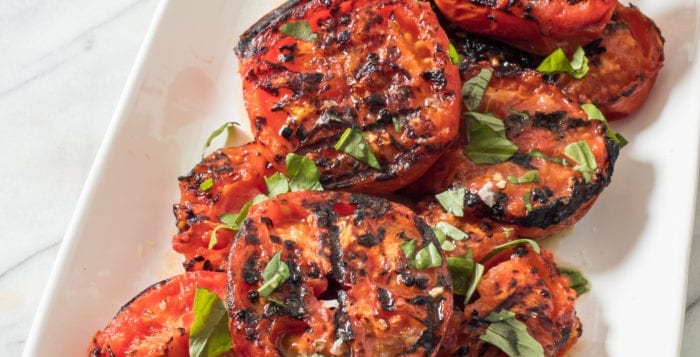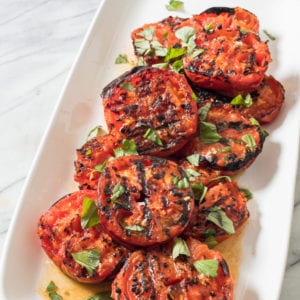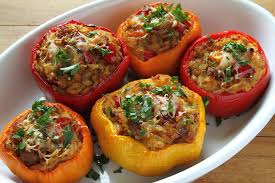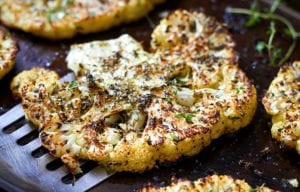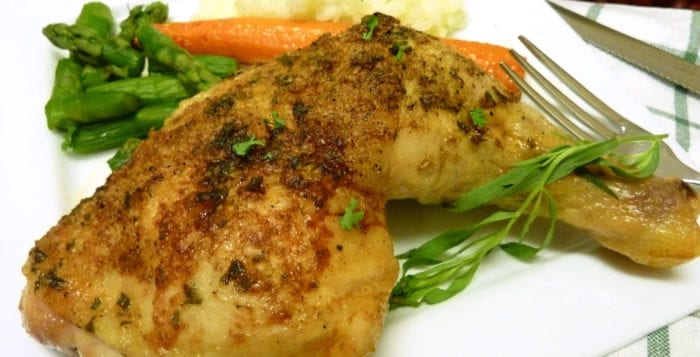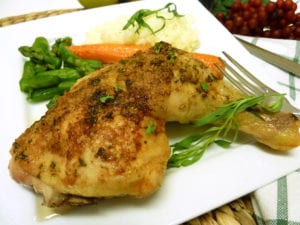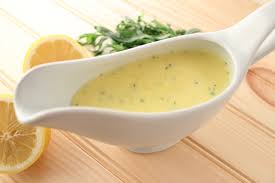By Barbara Beltrami
Come October it was always there. The peaches and plums and cherries in the big yellow bowl on the kitchen table gave way to apples and pears and walnuts accompanied by an ancient slightly rusty nutcracker and mother of pearl-handled fruit knives thrust among them. When we came home from school, we would grab a piece of fruit and a handful of nuts on our way upstairs to do our homework. Inevitably we would be chastened later for having left a trail of nutshell shards behind us and not putting the nutcracker back in the bowl. If you like walnuts as much as I did and still do, here are some recipes you’ll love.
Pasta with Creamy Walnut Sauce
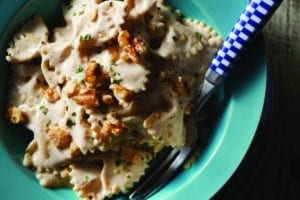
YIELD: Makes 1½ to 2 cups sauce
INGREDIENTS:
1 pound pasta
1¼ cups chopped shelled walnuts
1 garlic clove
¹/3 cup light cream
1/4 cup extra virgin olive oil
1/2 tablespoon fresh thyme, chopped
Salt and ground black pepper, to taste
1/2 cup of freshly grated Parmesan cheese
DIRECTIONS:
Cook pasta in salted water according to package directions. Meanwhile, in a food processor combine walnuts and garlic; pulse a few times until coarsely chopped. Add cream, oil, thyme, salt and pepper and process to a coarse paste with pieces still remaining. Add 4 tablespoons pasta water and Parmesan cheese and pulse a few more times (sauce should be chunky, not smooth). If desired, place sauce in a small skillet over medium heat to warm. Transfer pasta to a large serving bowl and pour sauce over it. Serve with a light salad or green vegetable on the side.
Candied Walnuts
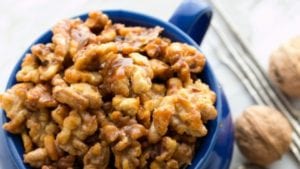
YIELD: Makes 3 cups
INGREDIENTS:
1/3 cup sugar
3 tablespoons brown sugar
1/2 teaspoon coarse salt
1/2 teaspoon cinnamon
Dash of freshly ground black pepper
1 large egg white at room temperature
1/2 pound shelled walnuts
DIRECTIONS:
Preheat oven to 300 F. In a small bowl, combine the sugars, salt, cinnamon and pepper. In a medium bowl, whisk the egg white till frothy; add one tablespoon room temperature water and whisk in. Add walnuts and stir to coat; add sugar mixture and stir again. Line a rimmed baking sheet with parchment and spread nuts on it. Bake 15 minutes, stir the nuts, then bake another 15 minutes until nuts are toasted and sugar coating is caramelized. Serve alone as a snack or with salad or cheese.
Walnut–Arugula Pesto
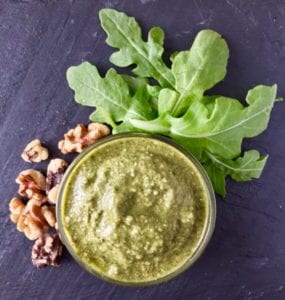
YIELD: Makes 1 cup
INGREDIENTS:
1/3 cup chopped walnuts
1 garlic clove
2 cups tightly packed arugula
1/3 cup freshly grated Parmesan cheese
2/3 to 3/4 cup extra virgin olive oil
Salt and ground black pepper, to taste
DIRECTIONS:
Place all ingredients in an electric food processor and, stopping to scrape sides of bowl frequently, process until smooth and light green. Serve with pasta, crostini, crackers, chips, chicken or fish, as a sandwich spread or dip.

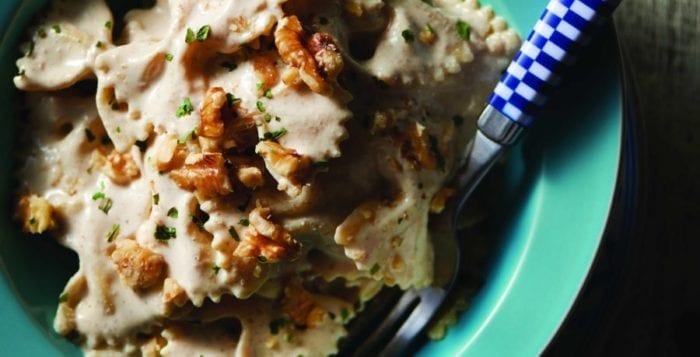
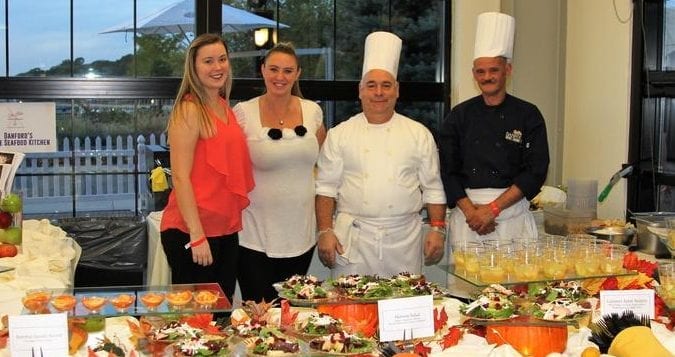

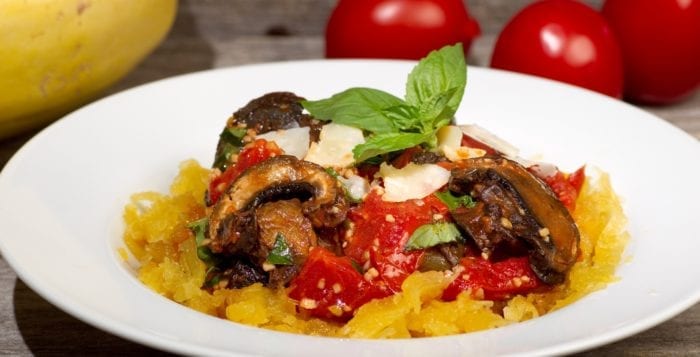
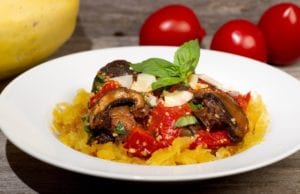


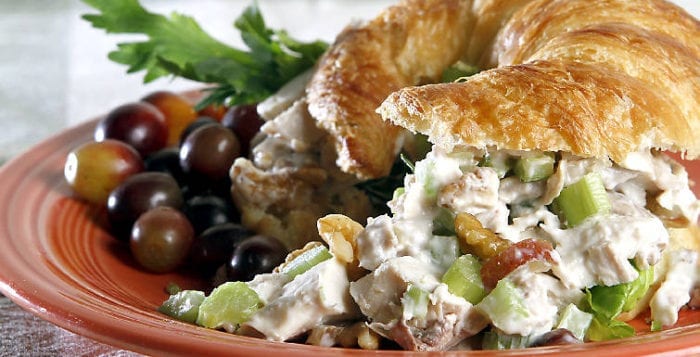

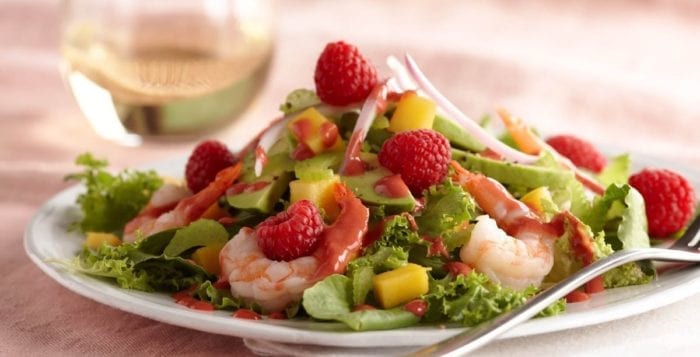
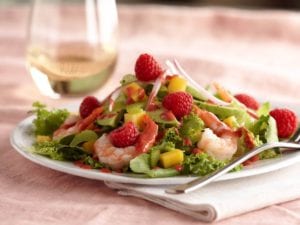
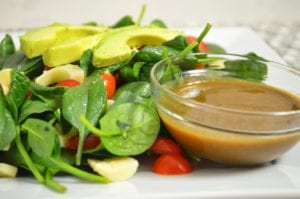 YIELD: Makes about ⅔ cup.
YIELD: Makes about ⅔ cup.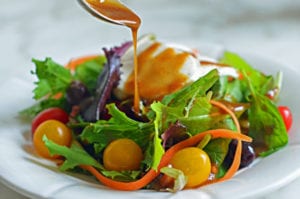 YIELD: Makes one cup.
YIELD: Makes one cup.